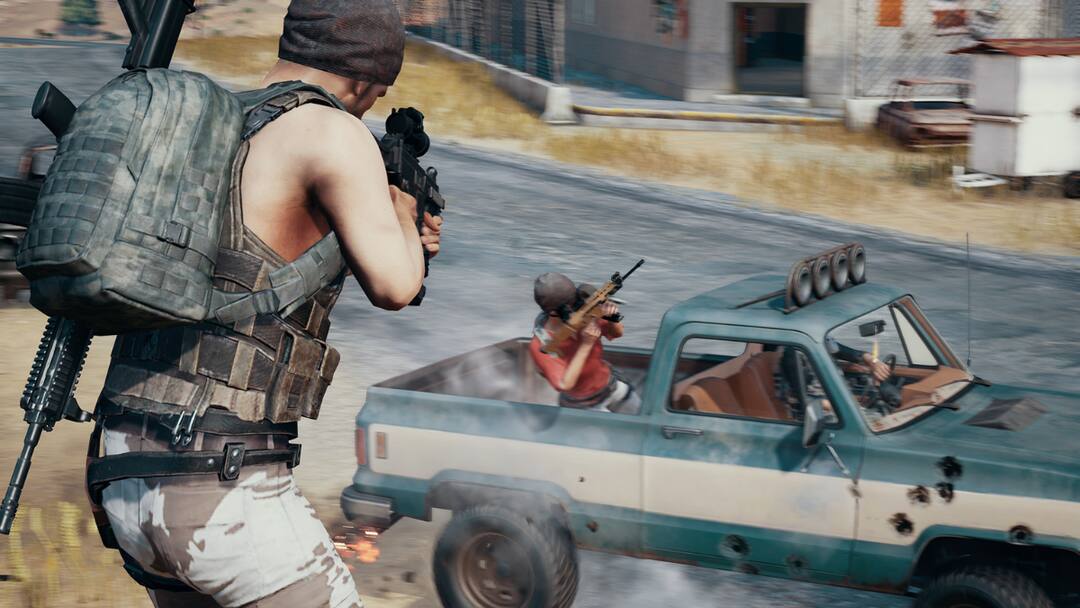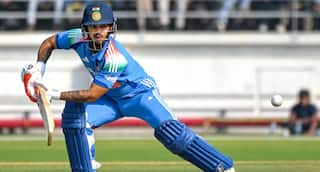PUBG Mobile Users To Soon Be Able To Play At 120 FPS For Smoother Gameplay
The 120fps mode in PUBG Mobile/BGMI is tailored to deliver peak performance on premium and upper mid-range smartphones.

PlayerUnknown's BattleGrounds or PUBG is now aiming to enhance the experience further for gamers with the next update. Krafton has officially announced that PUBG Mobile is set to receive a 120fps mode in the near future. With the upcoming release of PUBG Mobile version 3.2, players can look forward to a faster and more seamless battle royale experience. Previously, PUBG Mobile supported up to 90fps to enhance gameplay smoothness, and now, the game developer is taking this a step further with the introduction of 120fps mode. However, there has been no confirmation yet regarding whether the 120fps mode will be accessible on both Android and iOS devices.
PUBG Mobile, which falls under BGMI (Battlegrounds Mobile India), is expected to receive a 120fps mode in the near future. Krafton recently rolled out version 3.1 of the game, and it is anticipated that the upcoming version 3.2 will introduce the 120fps mode.
The 120fps mode on PUBG Mobile/BGMI is designed to perform optimally on high-end and upper-mid-range smartphones. However, it may not be compatible with entry-level devices due to the significant computational resources required, particularly in terms of graphics power, even when running the game at medium or low graphics settings.
ALSO READ | BGMI Update 3.1 Version: Roam In World Of Wonders & Many New Maps
Some beta users are currently testing the 120fps mode on PUBG Mobile and BGMI. Upon selecting the 120fps mode, users will receive a warning about potential heating issues and increased power consumption. Additionally, smartphone manufacturers need to optimise their devices to fully utilise this upcoming feature.
Users with the latest Android flagship devices which would be equipped with Snapdragon 8 Gen 2 or equivalent processors should be able to handle the 120fps mode seamlessly. Similarly, iPhones with 120Hz displays are expected to support this feature, including the previous generation iPhone 14 Pro series.






































